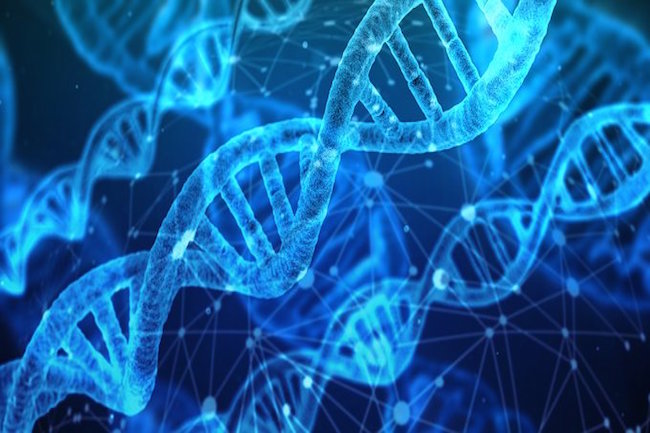Toxic Chemicals Linked To Lower Egg Counts In Women By Jasmin Hassan, Karolinska Institutet; Pauliina Damdimopoulou, Karolinska Institutet, and Richelle Duque Björvang, Karolinska Institutet via Natural Blaze
Birth rates are decreasing worldwide. In all European countries they’re even dropping below population replacement levels, which refers to the number of children needed per woman to keep a population stable. While these decreases might be due to many adults intentionally postponing when they have their first child – or actively choosing not to have children – an increasing number of studies suggests these don’t fully explain decreasing birth rates. Some research also indicates that decreasing fertility is a major contributing factor in this decline.
One factor linked to decreased fertility is the presence of industrial chemicals found in our environment. Much is known about the impact of these chemicals on male fertility, but little research has looked into how they affect women. This is what our recent study sought to do.
We found that exposure to common chemical contaminants was associated with reduced egg counts in the ovaries of reproductive-aged women. Though these chemicals have since been banned, they were once used in household products like flame retardants and mosquito sprays, and are still present in the environment and in foods like fatty fish.
Support Our Site

Now is your chance to support Gospel News Network.
We love helping others and believe that’s one of the reasons we are chosen as Ambassadors of the Kingdom, to serve God’s children. We look to the Greatest Commandment as our Powering force.
Fewer eggs
We measured the levels of 31 common industrial chemicals, such as HCB (an agricultural fungicide) and DDT (an insecticide), in the blood of 60 women. To gauge their fertility, we measured the number of immature eggs they had in their ovaries by counting them in ovarian tissue samples using a microscope. Because ovaries are located inside the body and would require surgery to access, we chose pregnant women who were having a caesarean section, as this made it possible to access tissue samples without additional surgery.




